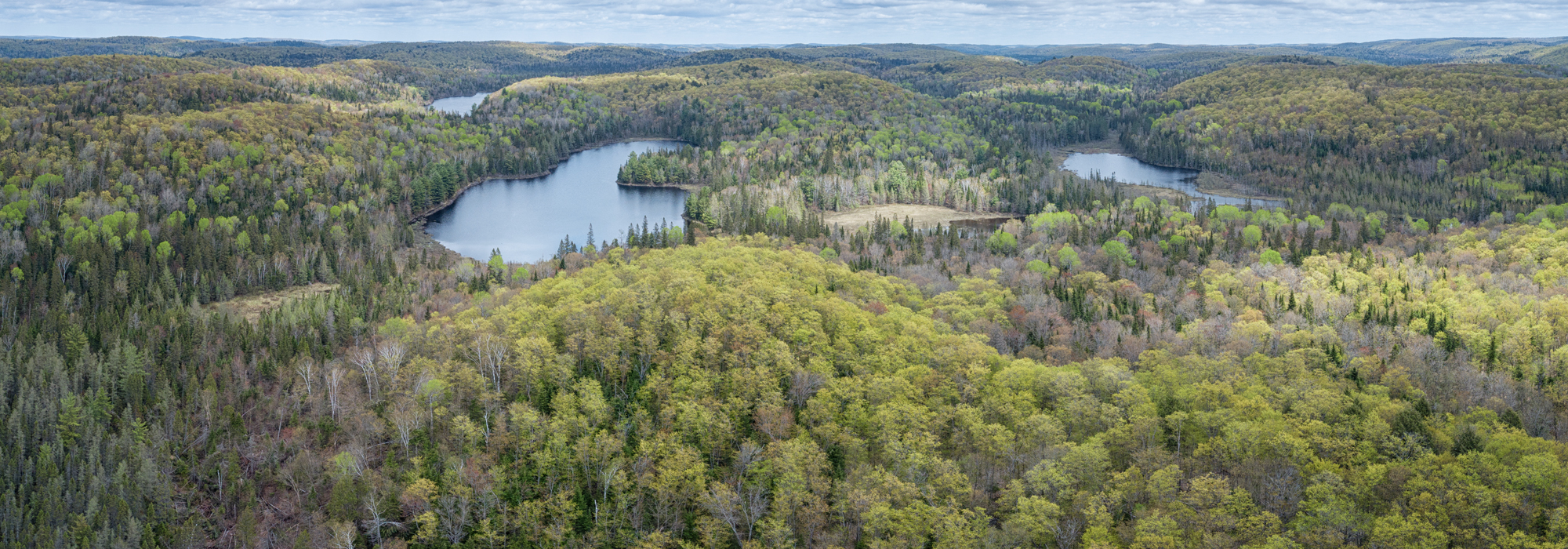
Ontario’s “Ring of Fire” is a disputed deposit of minerals within Treaty 9 territory of Northern Ontario. Prior to the escalation of the COVID-19 pandemic, on Feb. 11, 2020, Jonathan Wilkinson, the Minister of Environment and Climate Change, announced that a regional assessment of potential mining operations for the Ring of Fire will be undertaken. A key aspect of the regional assessment will be to “work with the Province of Ontario, Indigenous groups, federal authorities, non-government organizations and the public to determine the appropriate activities, outcomes and boundaries of the regional assessment,” according to the Impact Assessment Agency of Canada, which posted the announcement on its website.
On top of the exacerbated risk that First Nations in Northern Ontario face from the spread of COVID-19, the ability of communities that may endure direct, devastating negative impacts from development near Ontario’s Ring of Fire to engage in future planning processes may now be further constrained. A lack of transparency from the Impact Assessment Agency (the “agency”) about ongoing planning for the Ring of Fire regional assessment, compounded by diluted media attention while journalists focus instead on pandemic matters, undermines the agency’s responsibility to meaningfully engage with First Nations about decision-making surrounding proposed projects within the Ring of Fire.
Mandated stay-at-home orders and physical distancing to “flatten the curve” of the spread of COVID-19 have led to new ways of including public consultation as part of the decision-making process for proposed projects across Canada. Similarly, the agency has announced, on a case by case basis, extensions and suspensions of various ongoing assessment projects across the country, such as the Suncor Base Mine Extension Project in Alberta. No such announcement has been made for the planned regional assessment of the Ring of Fire. The agency’s most recent post on its website is from May 6, 2020, showing the minister’s response dated Feb. 11, 2020.
Instead of opting for a published post on its website, the agency sent an email to those who had registered on the regional assessments email distribution list noting in part:
At this time, the agency continues to develop the processes and plans that will be required to go forward with the engagement and other endeavours in the planning phase of the regional assessment.
Given the public health advice of federal and provincial authorities, the agency has temporarily suspended face-to-face meetings with all parties. Further, in consideration of needs and priorities of the participants in the Ring of Fire regional assessment, the agency will not proceed with engagement opportunities for this assessment until a later date.
Only those who had previously signed up for updates from the regional assessment via the email distribution system received this notice, with no update or similar post made to the agency’s webpage, which is accessible to all. This excerpt confirms that: (1) planning for projects surrounding the Ring of Fire is ongoing; and (2) the agency has suspended in-person meetings. The message notes that it is possible to reach out to the agency to discuss potential collaboration or other engagement activities regarding the Ring of Fire regional assessment. However, not posting this notice on its website undermines the agency’s ability to remain transparent and provide adequate communication to all individuals and communities who may be implicated in ongoing development surrounding the Ring of Fire. We also await news of how the agency’s regional assessment planning process will proceed in light of the COVID-19 pandemic.
Furthermore, it is troublesome that the agency will “continue to develop the regional assessment process and plan” despite suspending in-person meetings. Arguably, both the government’s decision-making process and engagement should have been halted in light of COVID. Allowing planning to continue, absent the opportunity for meaningful engagement, diminishes the ability for remote communities to contribute to planning for future negotiations (albeit assurances for future engagement opportunities were given).
COVID has also served to exacerbate existing barriers to meaningful engagement. As evidence demonstrates, inadequate internet access and a lack of cellular networks access to remote regions in Northern Ontario put First Nations at a greater disadvantage in efforts to participate at a distance during the global pandemic. Clear contingency plans must be identified and First Nations in the region must be given the opportunity to define what public consultation and meaningful engagement amid the ongoing COVID-19 pandemic looks like. Taking an example from projects ongoing in other parts of Canada, one BC First Nation has warned that novel approaches to public consultation resulting from the threat of COVID-19, such as the submission of photos, videos, or written requests, does not constitute a “rigorous” consultation process.
Updates regarding ongoing project planning in the Ring of Fire were once spotlighted by mass media. The recently announced North-South road link is one example. Media coverage of decision-making processes and planning of resource development activities increases opportunities for public scrutiny. Considering Ontario’s Ring of Fire, broad media attention allowed for NGOs, government organizations, First Nations, and individuals to maintain a certain level of awareness for updates about proposed projects. The public registry on the agency’s website amassed over 100 comments each regarding the Webequie supply road project and the Marten Falls community access road project, indicating that members of the public are clearly interested and want to be involved in the decision-making for the proposed projects in the region. As the COVID-19 pandemic dominates mainstream media networks, resource development activities could now be happening at the periphery of the public eye.
Shielded from public scrutiny, resource development planning that continues metaphorically “behind closed doors” exacerbates communities’ lack of capacity to track and respond to project decision-making. To make up for the lack of media coverage given to updates on the Ring of Fire regional assessment, the agency must be more transparent in sharing updates with stakeholders, First Nations, and other members of the public as widely as possible to ensure blanket communication of their intentions.
Looking to the future, as the COVID-19 pandemic re-shapes certain aspects of society, it may be time for corporations, organizations, and government agencies (such as the agency) to re-evaluate their policies and procedures. For example, Shared Value Solutions (SVS) consults with and provides support for Indigenous communities with regulatory advice, negotiation and business strategy relating to major development projects. In a recent call to action, SVS notes that “the current situation presents governments, regulators, proponents and Indigenous Nations with an opportunity to chart a better way forward.” Instead of neglecting to maintain transparency, the Impact Assessment Agency could better spend its time reviewing the current “status-quo” of nation-to-nation relationships curated with Indigenous groups across canada.
For remote First Nations in Northern Ontario, the agency must work harder to ensure that the voices of communities implicated in the Ring of Fire regional assessment are not further silenced by the ongoing COVID-19 pandemic. Vague statements such as the one released to the email distribution list do little to provide implicated communities, organizations, and individuals the clarity required to adequately adjust and prepare for consultation opportunities once the threat of COVID-19 subsides. In the meantime, it is imperative that First Nation community members and leadership, scholars, activists, policy-makers, consultants and other groups interested in Ontario’s Ring of Fire remain as vigilant as possible during COVID in monitoring developments in the region and ensuring major decisions are not made without critical thought or meaningful Indigenous and public engagement.
This article is part of the The Coronavirus Pandemic: Canada’s Response special feature.
Photo: Shutterstock.com









